The fourth industrial revolution first occurred in the automobile industry, letting AI enter the real world through autonomous driving.
 MichaelDec 27, 2024, 06:33 PM
MichaelDec 27, 2024, 06:33 PM
European battery company Northvolt has gone bankrupt after spending 15 billion dollars. In fact, a good business should not be so costly. If people really need electric vehicles, Northvolt should not have to spend 15 billion dollars, and could still be successful.
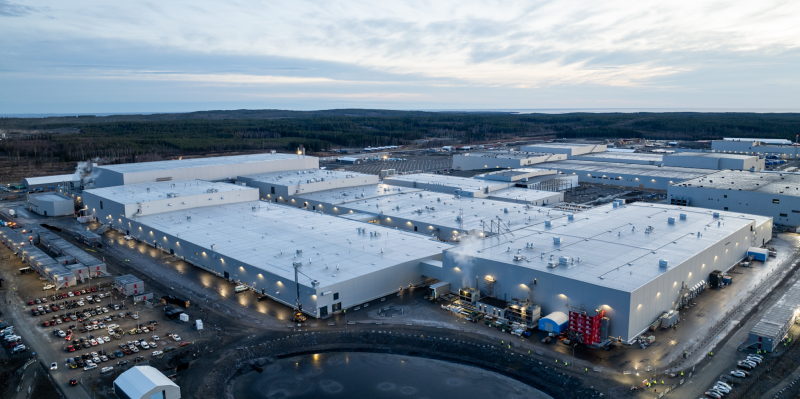
Now, many countries are slowing down the development of electric vehicles. Germany's Volkswagen once claimed to achieve a 60% share of electric vehicle sales before 2030, but this year it has stated that it will continue to invest 60 billion euros in the research and development of internal combustion engines.
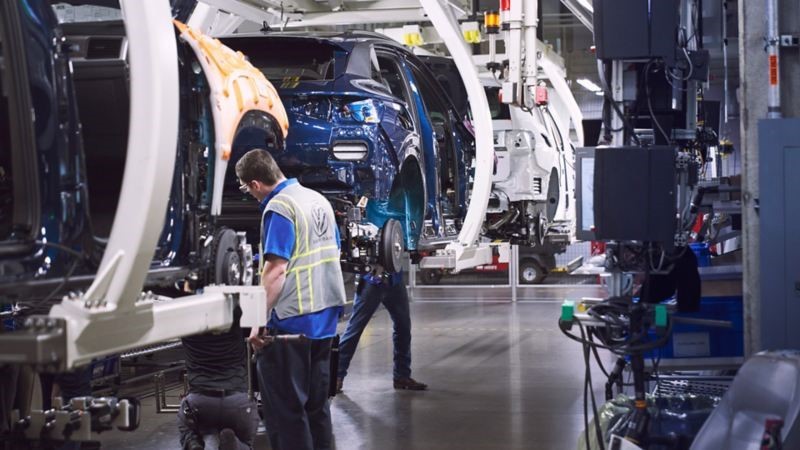
Even China, where the proportion of electric vehicle sales exceeds 60%, also said that while developing electric vehicles, it also needs to pay attention to the development of internal combustion engines. This also means that the degree of vehicle electrification is likely to stay at the current HEV and PHEV stage.
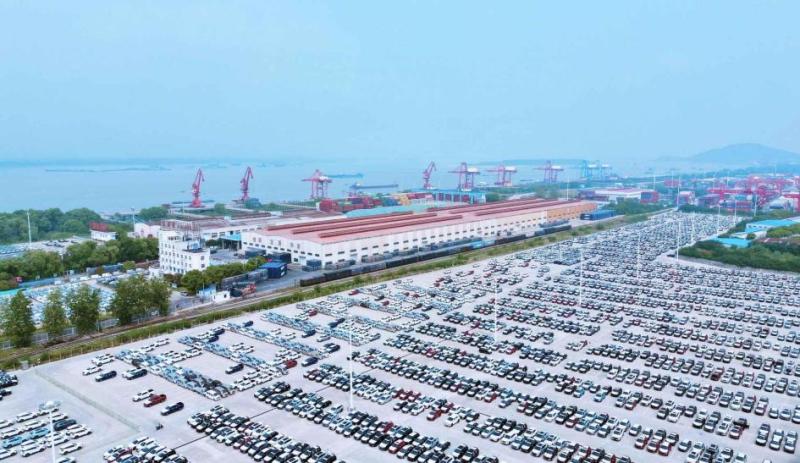
However, in these years of vehicle electrification, autonomous driving or ADAS as ancillary functions have been widely recognized, which seems to point out the next direction of evolution for the century-old automotive industry.
Current autonomous driving is not automatic enough
ADAS (Advanced Driving Assistance System) is now very common, and Toyota has even popularized the most basic pre-collision safety system (PCS), lane departure warning system (LTA) to all its models. However, the scenes where ADAS can be applied are very few, far from being considered autonomous driving.

Real autonomous driving begins with Tesla's push of FSD V12.
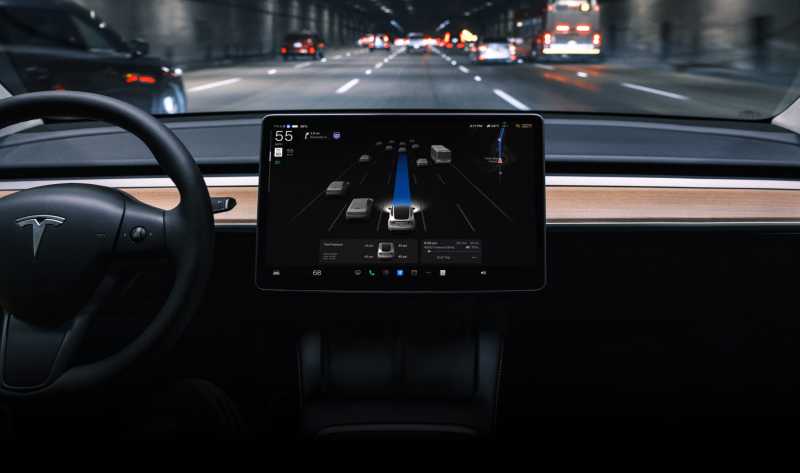
FSD V12 is closer to real human driving. Just like your day of driving to work, you start from home, encounter traffic lights and pedestrians on the way, you can automatically slow down or even stop, if you encounter road repairs, you can detour... There are so many magical scenarios that I believe you have seen plenty on the internet.
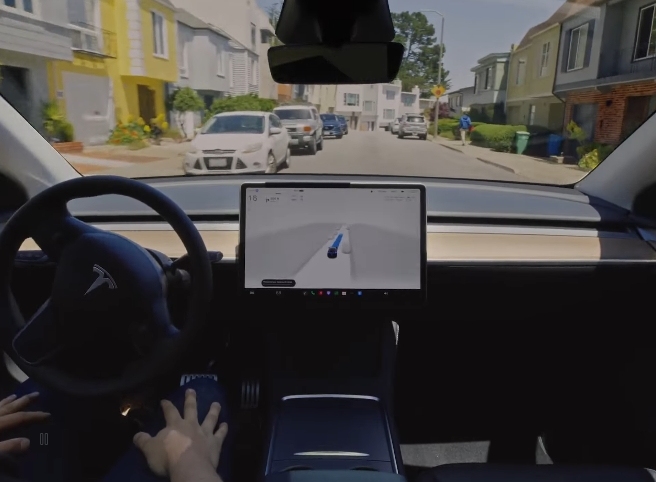
Then, couldn't the previous autonomous driving do the same? In fact, it can, but it's like a child driving a car for the first time. Dad needs to remind him that he needs to stop when he sees a red light. The child nods in agreement, and then when he encounters a red light, the child will stop the car until the red light disappears.
Next time, dad needs to remind the child to stop for pedestrians crossing the road, too. The child agrees, and then continues to do so.
One day, the child encounters a manhole cover on the road that has been opened while driving, not knowing what to do, he stops the car right there and waits until it gets dark. When the workers close the manhole cover, the child drives home.
The angry dad asks, why didn't you go around the manhole cover? The child will retort that you never told me I could go around the manhole cover. This was the level of the previous autonomous driving.

FSD V12 is different. Daddy doesn't need to tell the child the driving rules one by one (it's impossible to hypothesize all situations), but directly show the child a large number of videos about driving cars, so that the child can learn the driving rules by themselves.
In this way, when the child drives and sees obstacles, he knows to stop the car unconsciously, without the need to repeat the driving experience taught by dad in his mind.

From a technical level, this is End-to-End, that is, the child's "eyes-to-feet stepping on the brakes", the information is input from the eyes, and then output by the feet/hands.
If End-to-End is so good, why didn't it start this way? The reason lies in the lack of data - to use an analogy, dad doesn't have that many driving videos to show the child.
What is the prerequisite for artificial intelligence? Scale, scale, and scale
How can dad get a lot of driving videos for the child to watch? This is the driving videos accumulated from millions of Model series cars before the launch of FSD V12 by Tesla.
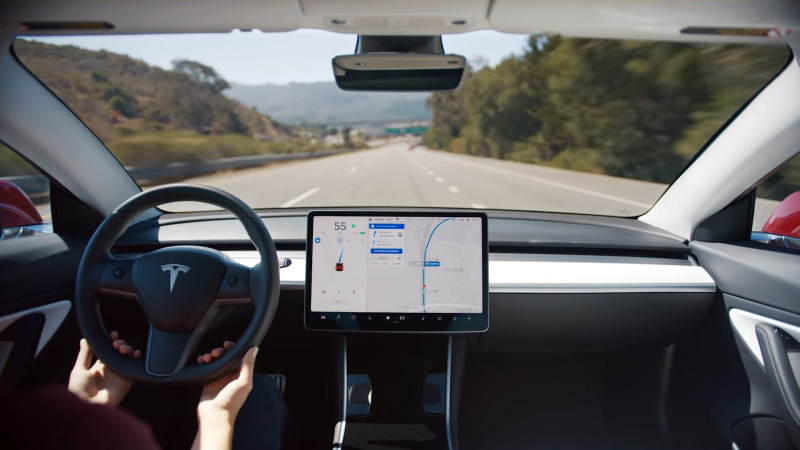
The reason why a large number of driving videos are needed is because of the technological inspiration of End-to-End, which originates from OpenAI, a company Musk invested in early days. This company's most famous product is ChatGPT.

The name ChatGPT-3 of OpenAI implies that there were GPT-2 and GPT-1, the biggest difference between them lies in the amount of training data, the driving videos required by autonomous driving systems are training data.
At first, GPT-1 was trained on 4.8GB of data, covering language materials from billions of text documents, with a model parameter count (Param) of 117 million (a Param can be equated to a human brain neuron), the results were evidently not ideal, otherwise, we would have known about this company, OpenAI, from the days of GPT-1.
By the time of GPT-2, OpenAI had invested in 40GB of data for training, coupled with 1.5 billion parameters in the model, it began to show remarkable text generation capabilities, generating articles that are unrecognizable as machine-written.
Until the well-known GPT-3, the training data reached 45TB, it read through two-thirds of the internet, and the number of model parameters reached a staggering 175 billion, not only is its dialogue capability infinitely close to humans, but it can even write computer code.
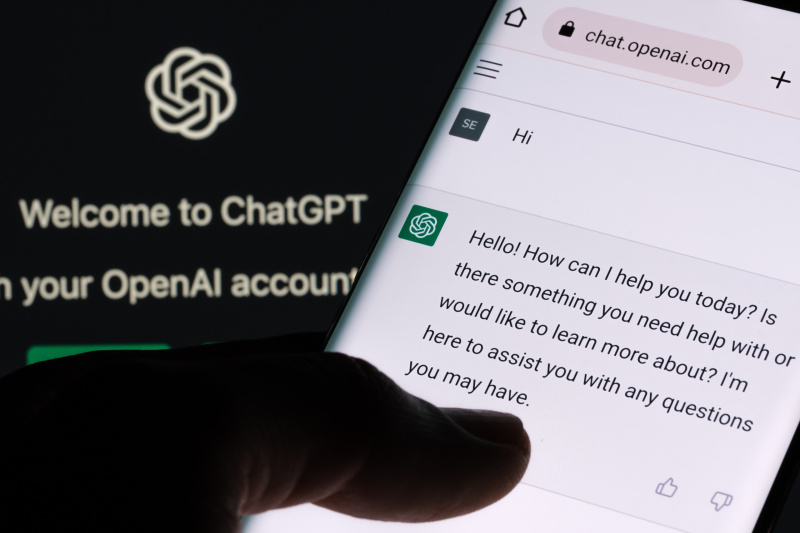
Returning to the topic of autonomous driving in cars, Musk has also spoken about the changes brought by training data to autonomous driving:
" A million video trainings, barely enough; 2 million, somewhat better; 3 million, you will feel WOW; and by the time it reaches 10 million, it becomes incredible. ”
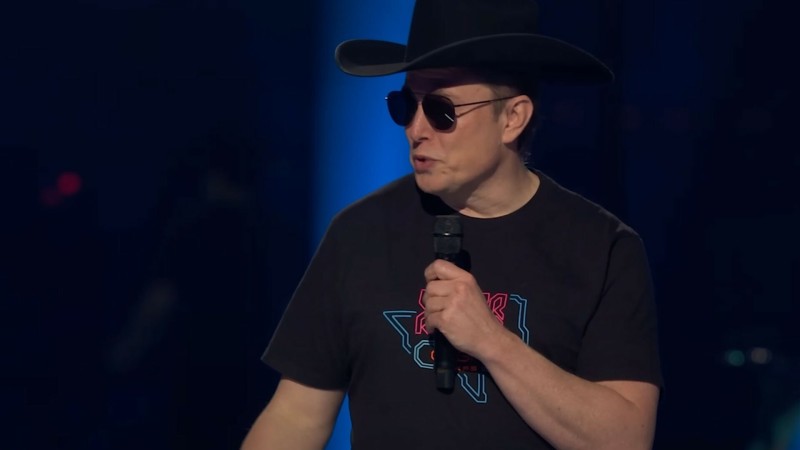
Therefore, the quantity of training data is key to artificial intelligence, and the amount of data requires a sufficiently large market and consumer group to generate. As mentioned earlier, before the launch of FSD V12, millions of Tesla cars recorded users' driving data in shadow mode and sent it back to the data center for training of the autonomous driving system.
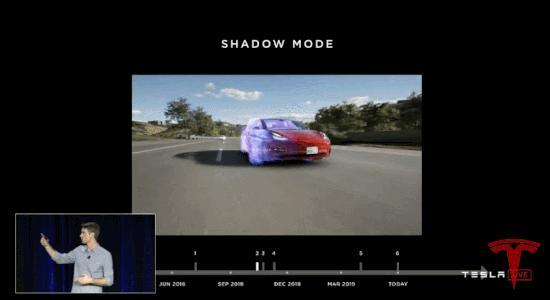
Now, the mileage collected by Tesla through the Model series cars has already exceeded 4.8 billion kilometers, which is equivalent to running around the earth 120,000 times.
However, this does not mean that Tesla's autonomous driving technology will continue to lead. On the other hand, Chinese car companies are closely following and also applying the end-to-end (End-to-End) technical concept.
Among them, Xpeng has already used more than 1 billion kilometers of driving videos to train the autonomous driving system.

There is also Momenta, a provider of autonomous driving technology, whose training mileage has reached 100 million kilometers; the same is true for Dji's autonomous driving system, whose training mileage has also exceeded 100 million kilometers. There are other providers of autonomous driving technology, such as HUAWEI, BaiDu Apollo, Pony.ai, WeRide and so on, all of which are training their own autonomous driving systems.
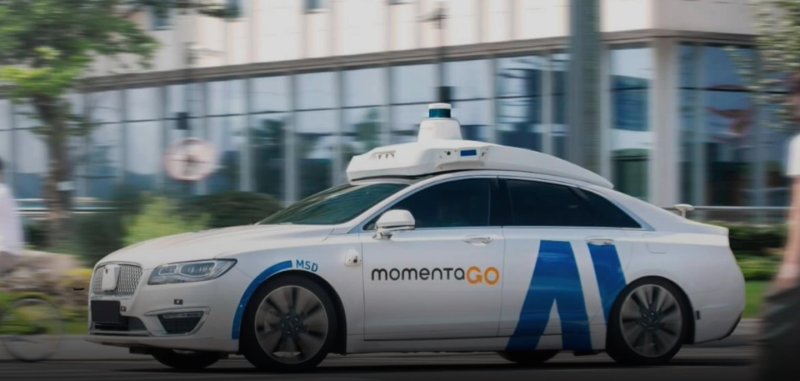
If we just talk about the training mileage of a single manufacturer, it's definitely not comparable to Tesla's. But when combined all the autonomous driving technology providers in China, the total training video mileage they own would not be too far behind.
China has over 20 million new car sales each year, making it one of the largest car consumer markets in the world. The number of cars equipped with ADAS is naturally very high. They can accumulate a lot of data feedback to the providers of autonomous driving technology every day. Therefore, China's autonomous driving technology will not lag behind the United States for too long.
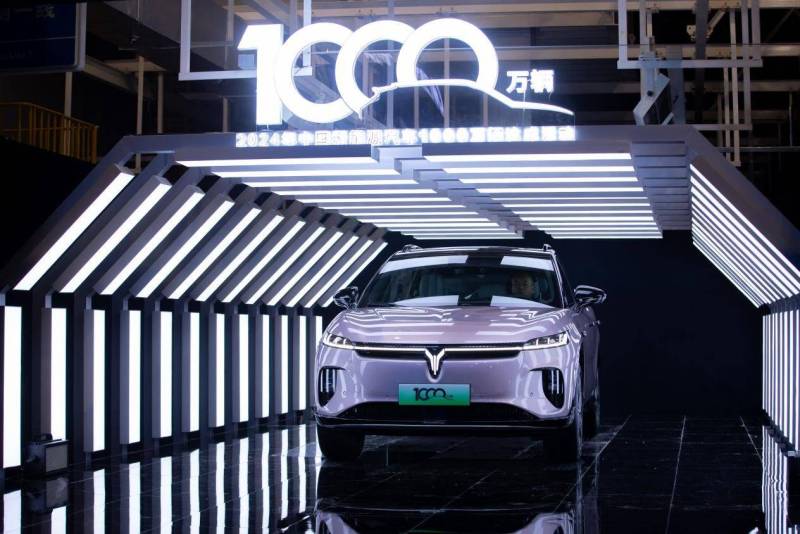
What I want to say is that the future of autonomous driving or artificial intelligence will only be in the hands of these two countries, as they both possess advanced technology and vast amounts of data. You can talk about Israel's Mobileye, Britain's Wayve, France's Navya, even though they are developed countries, their population is too small, the amount of data generated by users is far less than that of China.
Why should artificial intelligence start with the automotive industry?
ChatGPT is very powerful, but its function is still limited to the two-dimensional computer screen. In order for this new technology to be released from the computer screen, to be transformed from the software level to the hardware control level, it needs a large scale of business and market to undertake, and the automotive industry is the best answer.
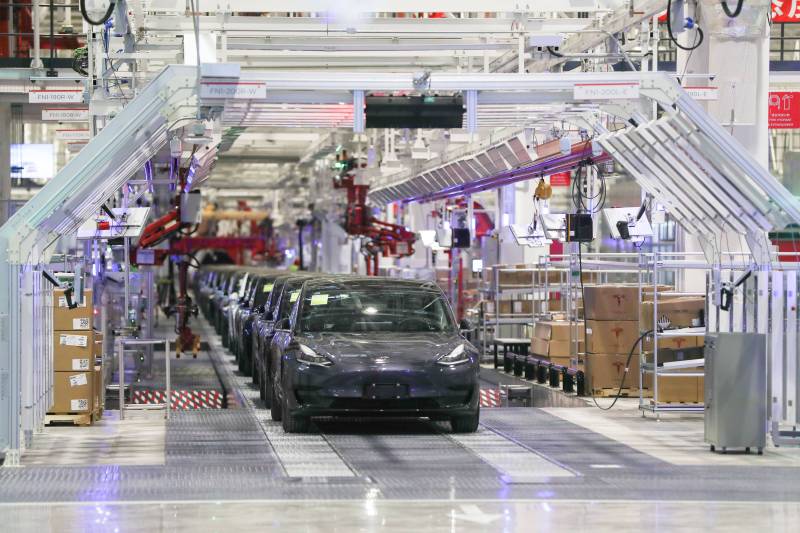
Cars are the most expensive items among consumer goods. There will be a very large space for added value in the middle, capable of affording the cost brought by artificial intelligence (you probably can't find a more expensive consumer product than a car, excluding houses and luxury goods from discussion).
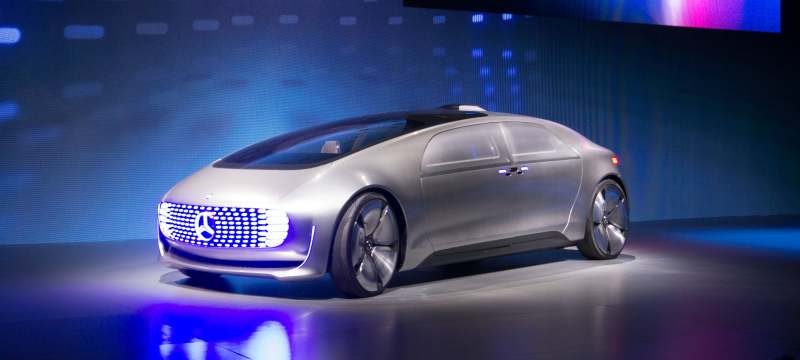
In addition, the sales scale of the car market is also very large. In 2023, the global car sales volume has already reached 89.01 million units, which is enough to cultivate the growth of artificial intelligence technology.
Autonomous driving will be the starting point of the fourth industrial revolution
Since the COVID-19 pandemic, the economies of all countries in the world have fallen into depression, and everyone is looking forward to a historical turning point like the first, second, and third industrial revolutions.
The industry radiated by pure electric vehicles is too small, it can only help the development of battery factories and motor factories, which obviously will not be a historical turning point. However, the autonomous driving technology of cars can promote the development of many more industries and promote social progress. This is the future.
For artificial intelligence to move away from the ChatGPT shell and into the real world, the support of the camera/sensor, AI algorithm, big data processing, computing power chip, and mechanical control-related industries is required. These industries coincide highly with cars and autonomous driving technologies. Cars are urging the development of these industries, with the market value of companies like NVIDIA continuously increasing. Then, artificial intelligence can evolve from autonomous driving in cars to robots, just like Tesla's Optimus.
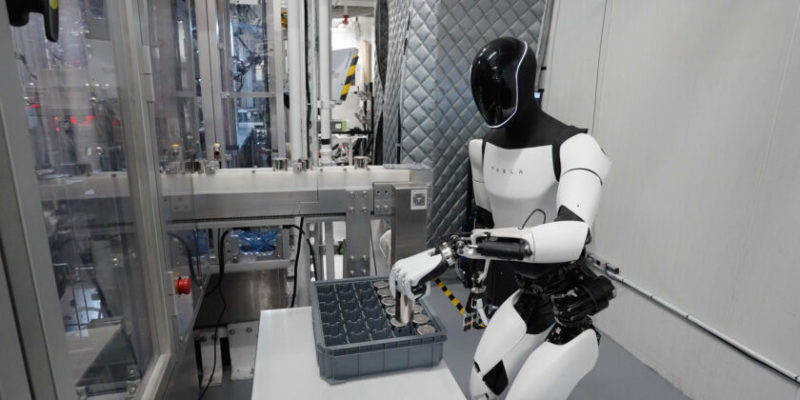
If there are more and more robots like Optimus in society, then we will welcome a great increase in productivity, that's to say, the fourth industrial revolution.
If any infringement occurs, please contact us for deletion
Trending News

Toyota Tundra Owner Achieves the Second Million-Mile Milestone
[PCauto] The mileage often measures the quality and durability of a car, and Victor Sheppard and his two Toyota Tundra pickups have set a staggering record.With Victor Sheppard's dedication and careful maintenance of the Toyota Tundra, he successfully drove two different Tundra pickups over 1 million miles (approximately 1,609,340 kilometers).In 2007, Sheppard bought a brand new Toyota Tundra CrewMax. Over the next nine years, as a contractor, he worked across the United States, from Louisiana t
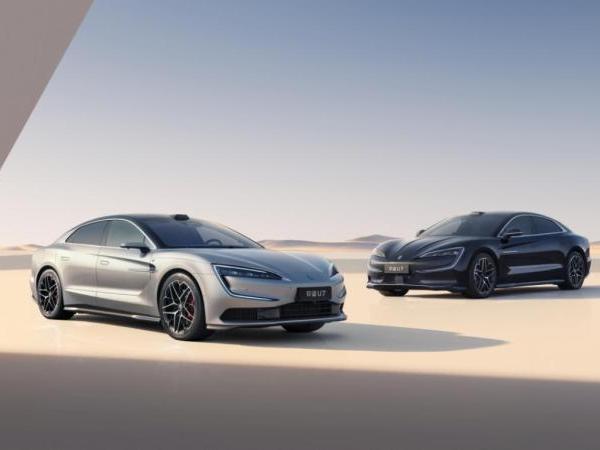
BYD YANGWANG U7 Launches with World's First Suspension Charging Tech
[PCauto] On March 27, BYD YANGWANG U7 was launched, with two power versions of pure electric and plug-in hybrid, a total of four models. YANGWANG U7 EV Five-seater Luxury Edition, priced at about 292.85 million baht/RM38.31 YANGWANG U7 EV Four-seater Flagship Edition, priced at about 330.04 million baht/RM43.19 YANGWANG U7 PHEV Five-seater Luxury Edition, priced at about 292.85 million baht/RM38.31 YANGWANG U7 PHEV Four-seater Flagship Edition, priced at about 330.04 million bah
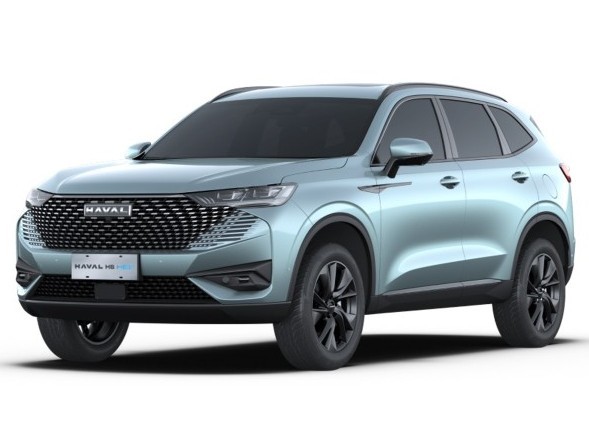
HAVAL H6: A Balanced Performer and a Reliable Choice for Family SUVs
Price of HAVAL H6HAVAL H6 has a total of 1 submodel.• 2024 HAVAL H6 HEV priced at RM 139,800Driving experience of the HAVAL H6As for the power, the HAVAL H6 is equipped with a 1.5L 4-cylinder turbocharging source, delivering a maximum power output of 110 kW and a peak torque of 230 N·M, with maximum torque available at 1500-4000 rpm. The power is transmitted to the Front Wheel via an AT transmission, achieving a combined fuel consumption of 5.8 L/100km. This p

Toyota Expands PHEV Lineup with Crown Estate Launching in Japan
【PCauto】Toyota has launched the new Crown Estate model in Japan. The Estate is the fourth model in the Crown series, and a plug-in hybrid version is also available.The Crown Estate combines design elements of station wagons and SUVs. It's built on the TNGA-K platform and has elegant body lines and spacious interior space. The vehicle's exterior design is exquisite, with the iconic hammerhead front face paired with large-size alloy wheels, showing the temperament of the Crown. In terms of body si
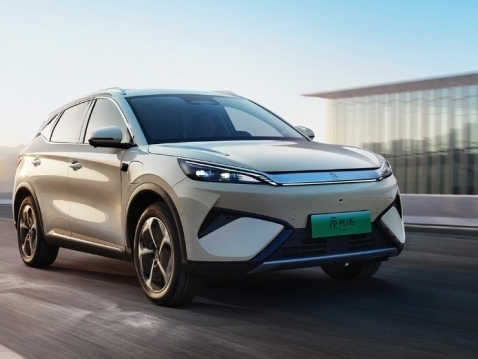
BYD Rolls Out Software Update for Second-Generation Yuan Plus, Introducing Sentinel Mode
【PCauto】Recently, BYD began to push the functionality of Sentinel Mode to the second-generation Yuan Plus (Atto 3). The second-generation Yuan Plus was launched on March 5th, and just over ten days later, it received its first major software update. As an entry-level pure electric vehicle model, Yuan Plus can have DiPilot 100 as intelligent driving and sentinel mode, which undoubtedly greatly enhances its cost-effectiveness.Yuan Plus, based on BYD e-platform 3.0 (BYD e - platform 3.0), is equipp
Popular Cars
Car Compare

